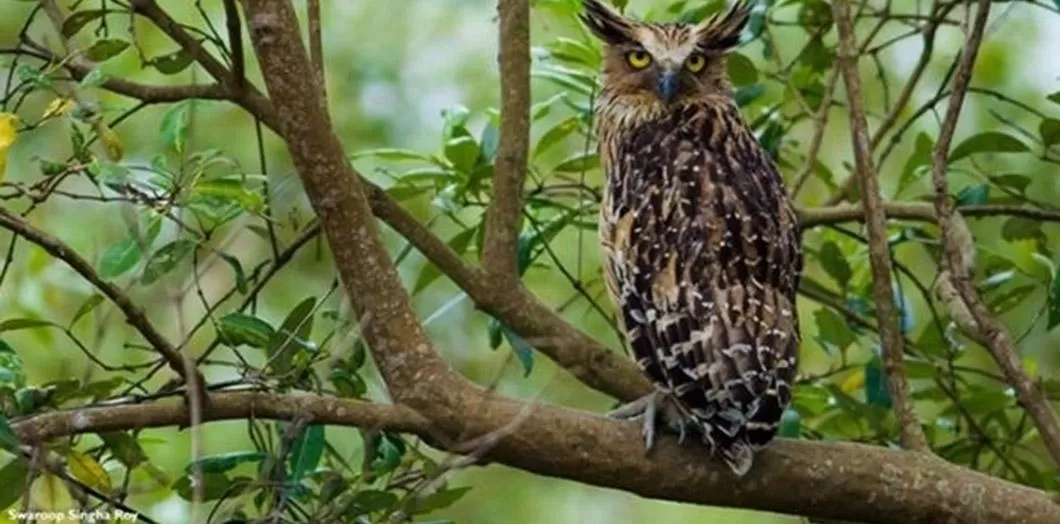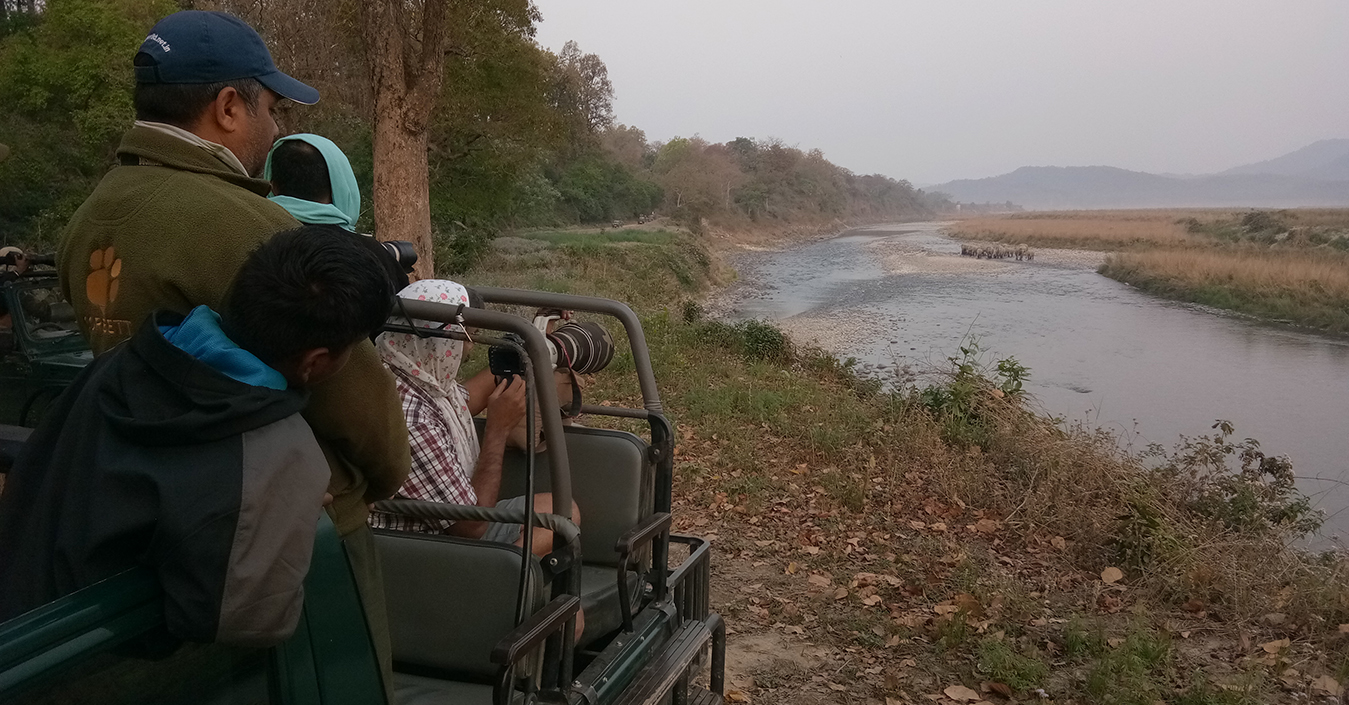
Blog Details
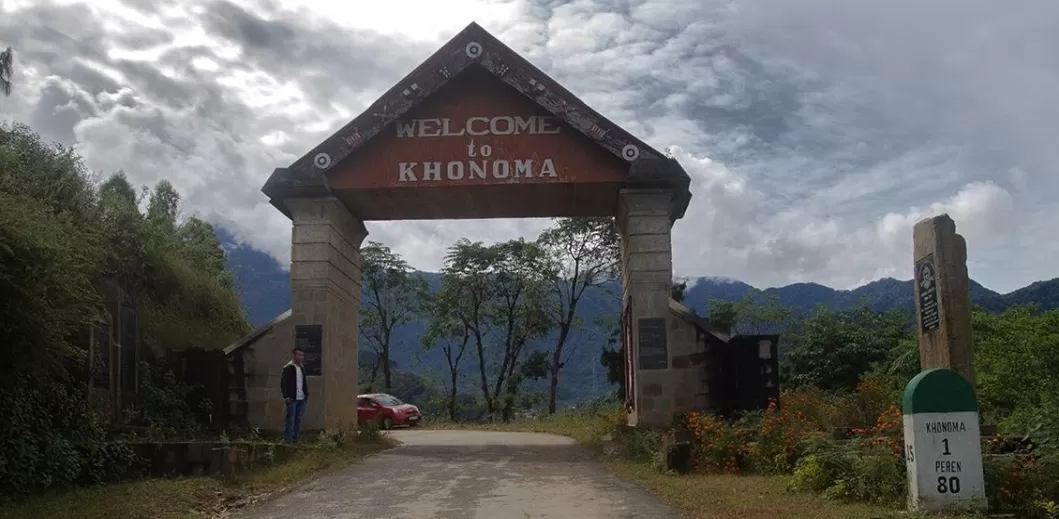
Target Birds in Khonoma, Nagaland
This part of India is not very much explored if you compare it with other places of oriental region. Thus birding in Khonoma Nature Conservation and Tragopan Sanctuary is a virgin place for birders and bird watchers. Lying in Japfu mountain range, this birding hotspot is a place where one can experience some of the range restricted birds of the pristine primary forest. Though previously this place was notoriously haunted by local hunters but due to protection achievements; day by day the place is recovering from trauma.
Our trips to Nagalnd are not just regular bird watching tours. You as a bird photographer learn lots of things out of it. Here in this blog we cover some important birds that you are expected to see during our tour. Apart from Naga Wren Babbler (a Nagaland endemic species) and Blyth’s Tragopan, which is the state bird of Nagaland, here are some other birds which you should target also.
Mountain Bamboo Partridge
In most of our five days or seven days tour, you can see Mountain Bamboo Partridge multiple times. In every flock there would be 5 birds or more; and combining every morning session you can expect at least six-seven flocks. Now in the first attempt you may miss the opportunity to miss the photographing opportunity; but our tour mentor will try to make sure that, every participant get handsome photograph of this skulker. Most of the time you would see them early in the morning or late afternoon, when they forage in open for a short period. Bird watchers can surely enjoy them through binox. Though this is not an endemic species to Nagaland, but definitely very high on demand for twitchers!
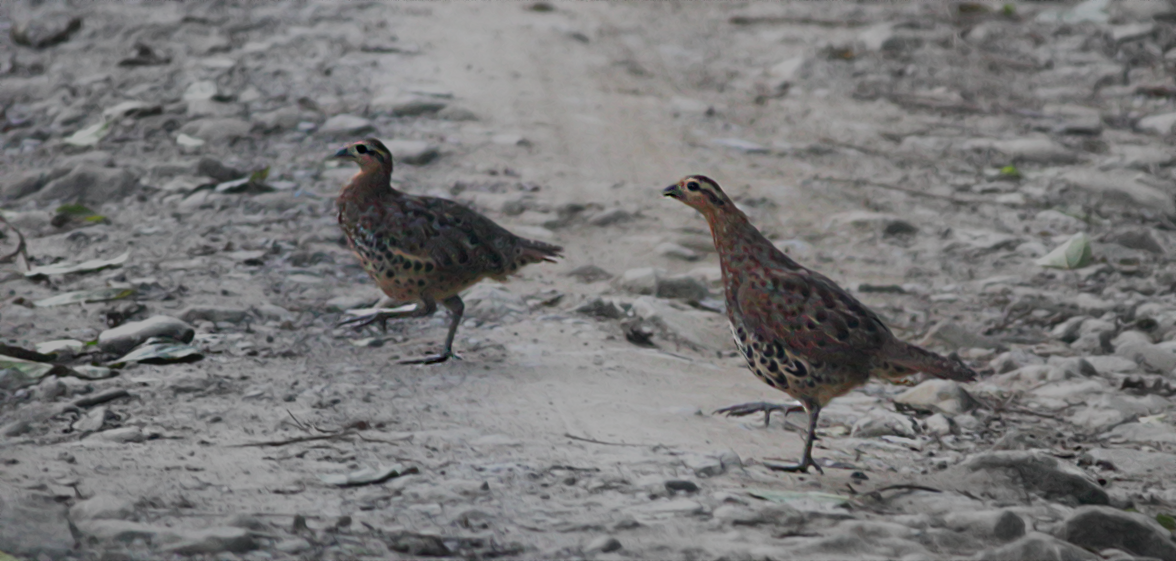
Assam Laughingthrush
This bird is so skittish that it hardly comes out of bush thicket; however our experienced bird tour mentor knows very well where to look for this bird. Through search in the promising locations are required for a sureshot sighting. This forage in bush thicket but when it feeds on fruiting trees, it must come out. Hearing their call and song also, we can understand their location; this helps pinpoint sighting. Knowledge on the feeding behaviour is also important, regular tours in repeated season and location helps us to understand these birds better than others.Though superficially this bird looks almost similar to Chestnut-crowned Laughingthrush, but there are some prominent features, which make it different than the other. Scroll down to check what is the next important bird from Nagaland.
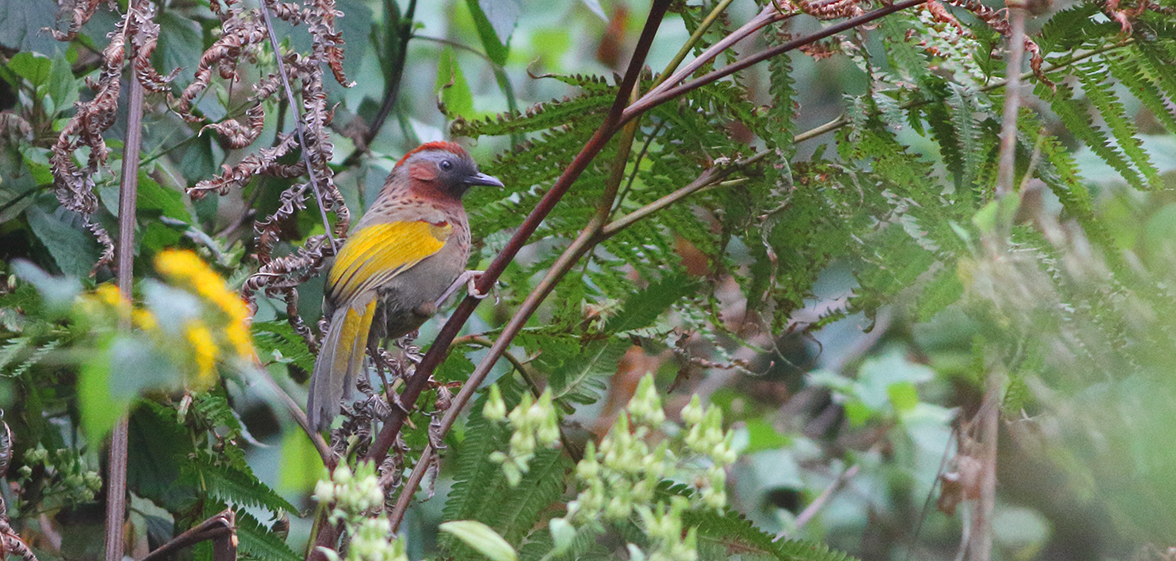
Spot-breasted Scimitar Babbler
This Scimitar Babbler can be found in grasslands of Upper Assam and Arunachal; here in Nagaland we have sighted this bird throughout the year. Here it prefers to dwell in secondary bush thicket. The unmistakable call of this bird can be traced from far distance. Bird tour mentor has to be efficient enough to understand the call. In some villages in some parts this bird is bold, and most of the other places in the state, this bird seems skittish. If you have previously sighted or have experience of Scimitar Babbler behaviour - such as Rusty-cheeked or Streak-breasted or White-browed it would be helpful you for tracking the bird and taking the photograph of the species.
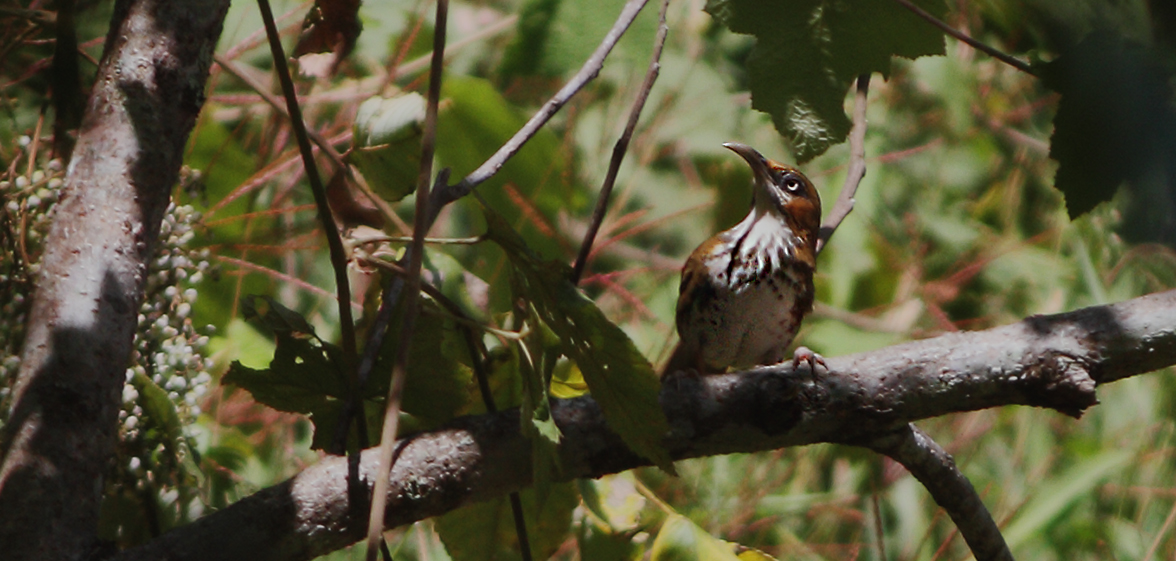
Rusty-capped Fulvetta
This is just another beauty from Nagaland - Rusty-capped Fulvetta. Little bigger in size than regular Fulvetta; but they are extremely skittish! Sometimes, you see them in a mixed flock with Nepal Fulvetta. Still Nepal Fulvettas give you time to photograph them occasionally. For this bird species, you have to study it first. After spending 5-10 minutes for this bird once you start understanding their foraging pattern it becomes easier to track them. Any wrong body movement can scare away the entire flock. Be guided by a professional bird guide and expert.
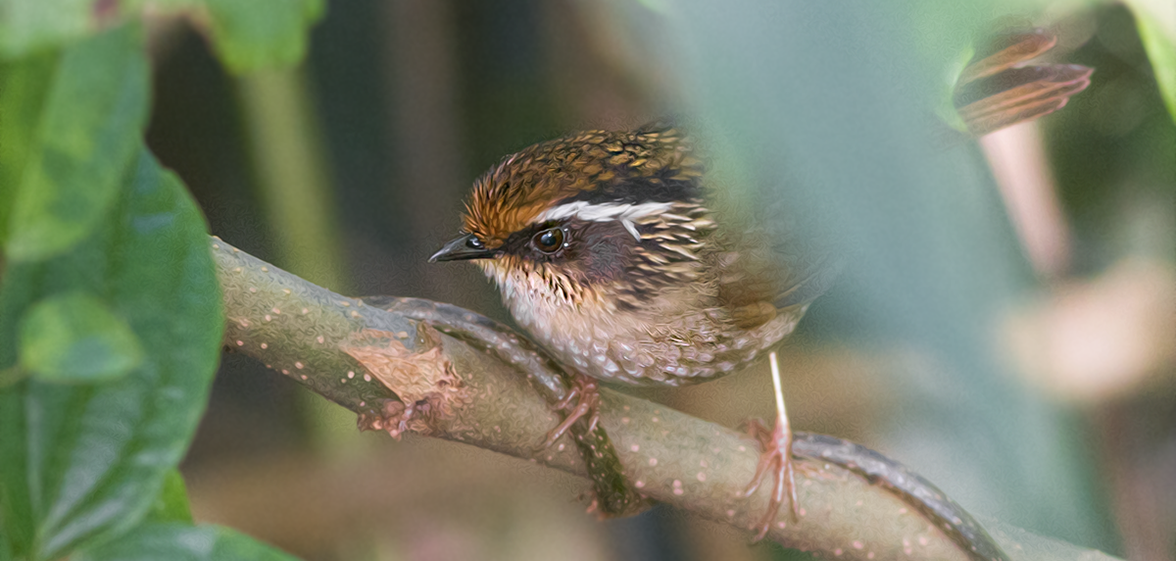
Yellow-throated Laughingthrush
No doubt, this one is one of the most rarely seen and photographed Laughingthrush species from India. Till date we have seen this bird twice, once at Phek district in eastern Nagaland and secondly at Wokha district. Exactly where to see the bird? You have to join for a birding tour with GoingWild. However, you should note that, they prefer to forage and roost edges of dense evergreen forest and hill side tall grassy slopes. Feeble and mellow calls are heard when the flock is active. Grab the opportunity to see this beauty by joining our Nagaland birding tours.
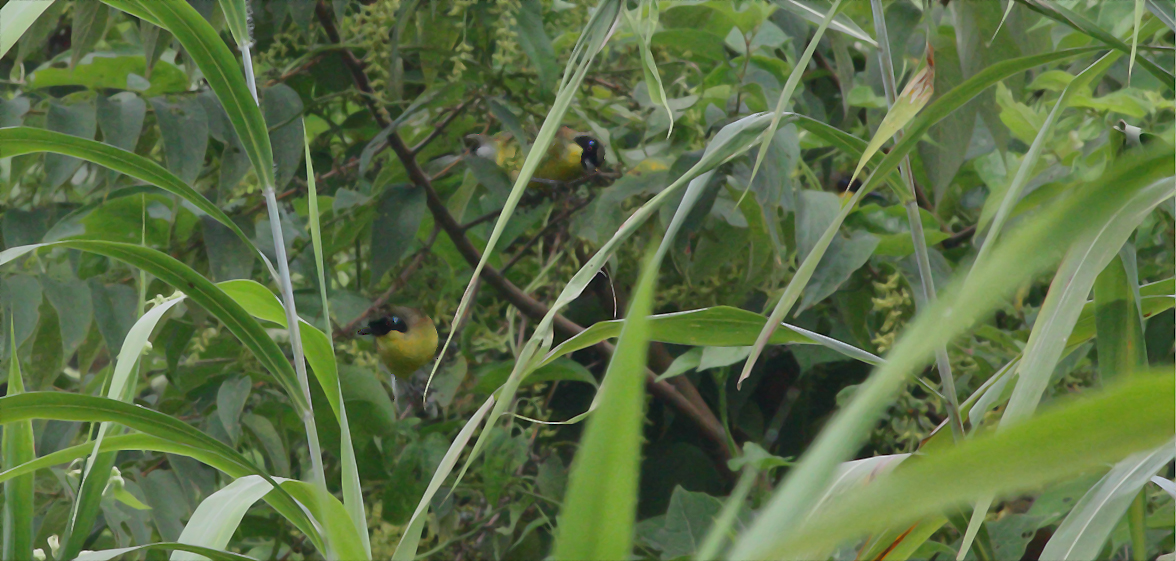
Purple Cochoa
A hard to photograph bird till date and most desired if you are yet to see this beauty. This bird is well distributed throughout its range in central to eastern himalayas to Japhu mountain range of south Assam hills. Sikhakie park is considered the best place for this beauty. We have seen Green Cochoa also in the same place. Sighting chances are best between October to March here. During breeding season, they prefer to roost deeper in the jungle.
As you explore more and more of Nagaland, from the people you start learning many minute details about the inhabitants of the forest. As all the tribe groups of the state were hunter gatherers, thus they have a better understanding about the forest and forestry. In Angami language, 'Pera' stands for 'Birds'. Invest your time more and more birding in Nagaland and explore beauties hidden in the bush thickets of Nagaland.
.jpg)
Green Cochoa
Amidst rolling on clouds and mists, you may hear a shrill penetrating sound coming from deep down; may be from some gullies and you can’t locate it. Stop! Ask your guide. Let him take you towards the bird. A feeling of awe will come. Your heart is thumping and you are closing the distance between this tough to locate bird. Your guide points out the location and shows you the bird; but still you can’t see it. And finally when you see it, it flies out of sight to some impossibly unapproachable location. A bad day for you! Believe me, it will never happen so. Green Cochoa once spotted gives you ample amount of time, until you breath out to take more photos of it or your camera memory card has no more space left in it. Though this bird gives you time, but be careful and watch your steps while walking on dry leafy forest.
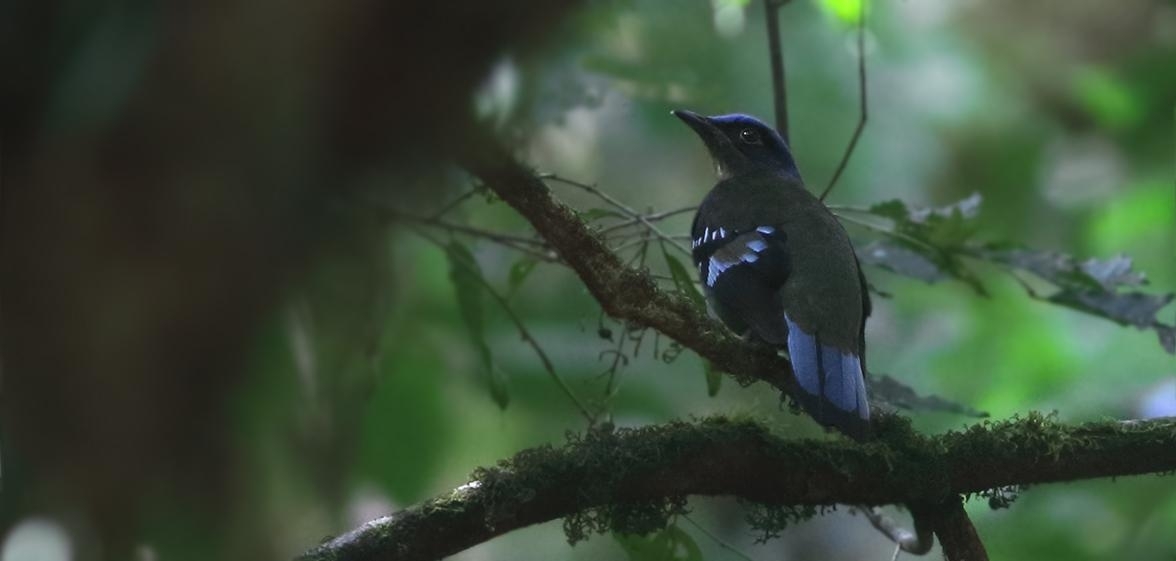
Blue-naped Pitta
Here comes the songster of the year! Sometimes so vocal, that you could hear them from distant location. This bird prefers to stay in a very close periphery and generally doesn’t go out of it. Due to its secretive nature, it stays out of the village or at the edge, it prefers open forest floor where source of water is also nearby. There are some hiking trails, where this bird can be seen easily. Get a nice pair of hiking shoes and spend 15 minutes for forest hiking to see a skulker. After getting the sighting confirmation and your physical fitness only you should take the call for hiking, whether it is worth going on not. Most of the elderly people who join with us, go for it! Why not you then!
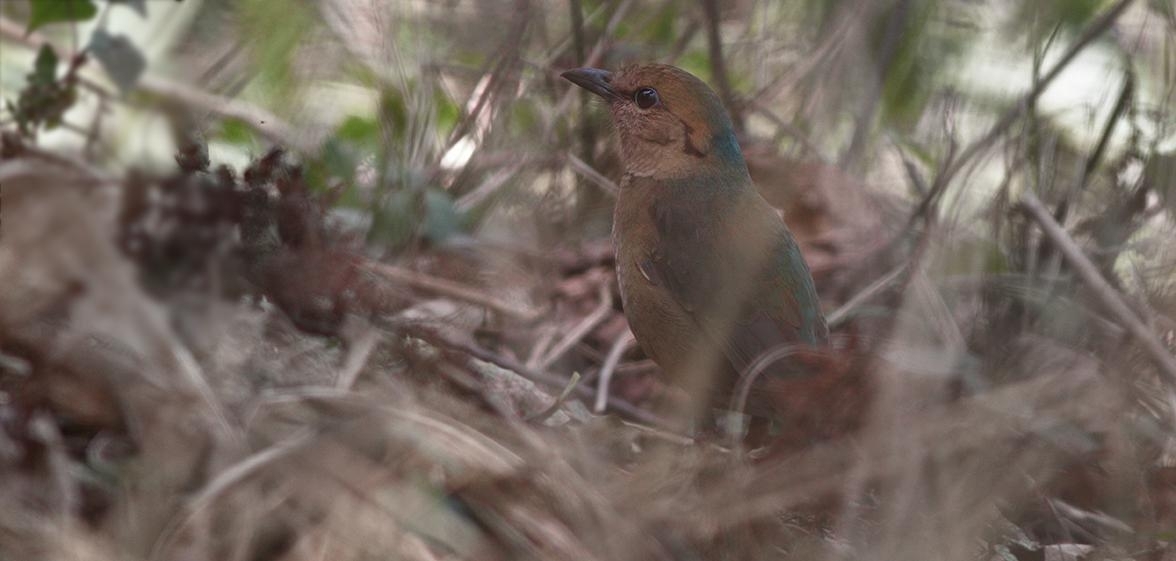
Beautiful Sibia
In Mishmi Hills or Eaglenest, you see ‘nigroauritus’ subspecies of Beautiful Sibia and ‘pulchellus’ subspecies is seen on the south of Brahmaputra river. Brahmaputra acts as geographical isolator for this. Funny isn’t it! Here in Nagaland, you get the best opportunity for this nominate race sighting. In moist broadleaf forest of high altitude, on or above 4,500 ft, is preferred habitat for Beautiful Sibia here. Don’t be surprised. More surprises are waiting as you scroll down.
.jpg)
Chestnut-vented Nuthatch
This woodland bird you will see at the edge of the village mostly foraging on dry tree branches and mossy organic matters like other nuthatch species. As the bird activity rises in the early morning, chances are better that time. Expected to see it in mixed flock with siva, minla and allies.Though morning and afternoon sessions are so called best time for sighting, but you can see it throughout the day. There is nothing much to write on a Nuthatch but this one is specieal because Sitta nagaensis nagaensis is found mainly in Patkai Range-Cachar Hills-Khasi Hills complex. Once you spot the bird, it will give you ample of time to photograph it.
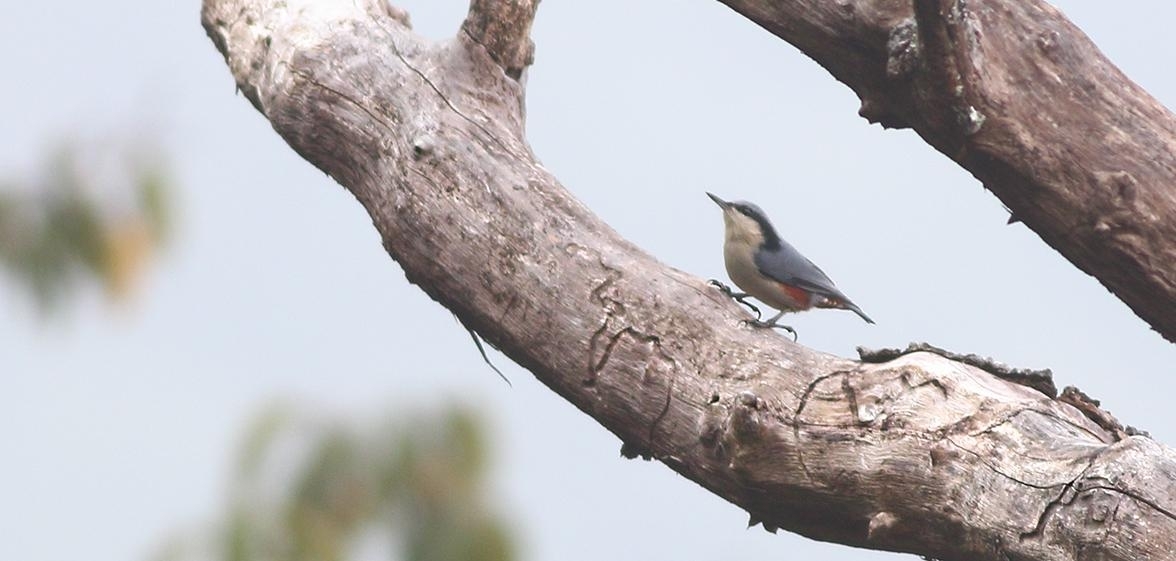
Striped Laughingthrush
No doubt a skittish bird like other Laughingthrushes of north-east India. However, when forage in degraded forests or scrublands around the periphery of village, it becomes an easy sight then. Even there are some trails after Khonoma, where they can be seen in abundance. Coppice-Alder forest area is similarly nice habitat for the species. Even when they forage on field, they superbly camouflage themselves with the surrounding.
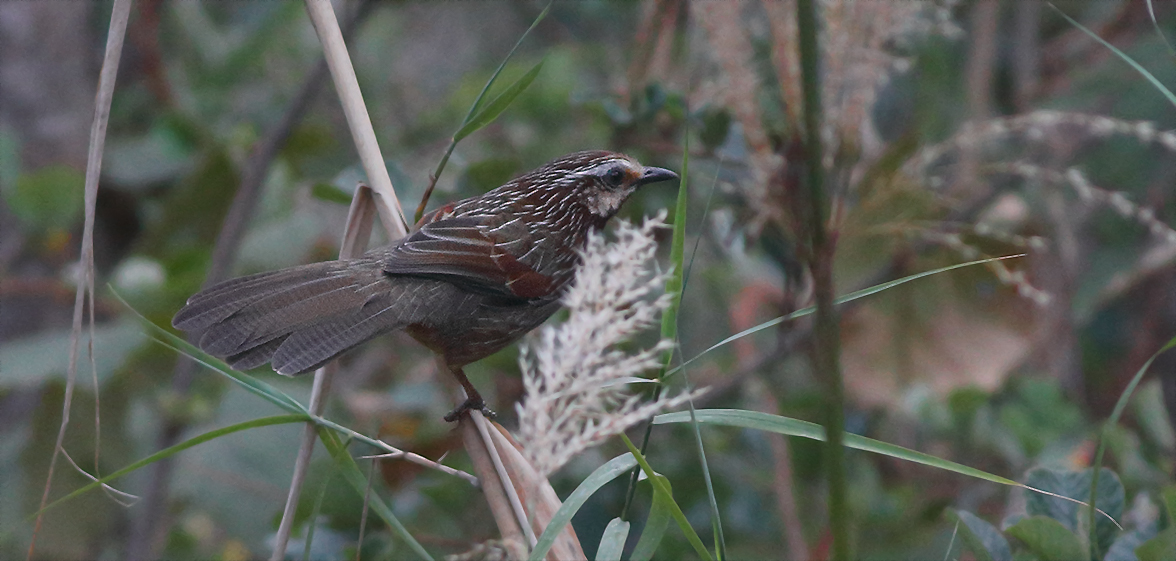
Grey-headed Parakeet
Who doesn’t love the song of Parakeet. This species has a very small population around Khonoma-Mezoma-Dzuleke complex. During our tours we see them mostly foraging on wild apple trees. The species is so rare from India’s boundary that hardly you see their photographs. This is the only species of Parakeet from Khonoma hills, thus not to be confused with any other species. Spotting this bird flock is tricky. Some birds are not meant to be photographed, and this bird belongs to that category in my opinion. Mostly they perch at the top of the tree at canopy level and you end up with a photograph against vacuous background. For bird watchers it would be a delightful moment.
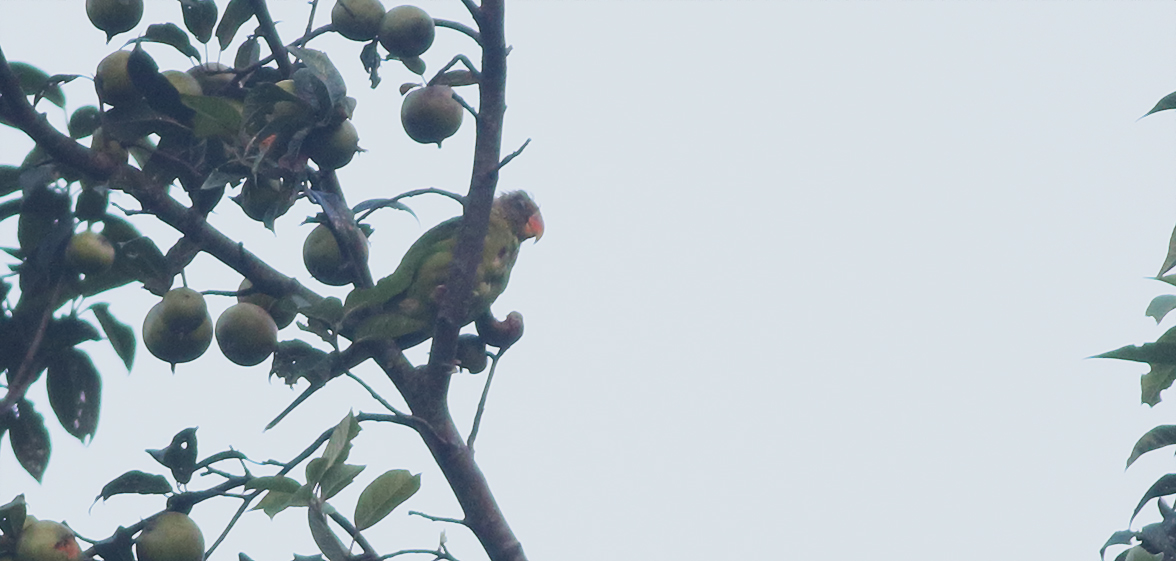
Flavescent Bulbul
This is a shy Bulbul species compared to others sound in mainland India, Himalayas and north-east India. Most of the time they are seen in mixed flocks with other birds. This species is well distributed throughout Nagaland and can be seen in the southern part of the state in Khonoma or in the north-west of the state in Pangti-Doyang area or in the extreme eastern part of the state in Pungro-Fakim village complex. Photographing them is tough as they are skittish, but once you watch the aura of their feathers, it becomes irresistible for not to be photographed.
.jpg)
Crested Finchbill
From Meghalaya to Nagaland, parts of Assam and three more sister states, this bird is well distributed. Compared to the list of birds described here, this one is the boldest of all. Thus never worry about good photograph of this species. It prefers fruiting trees like wild apples, gooseberries etc. Ivory colored beak and bright green-lemon yellow colored feathers make them very lucrative. Perhaps this would be the most cooperative species for the tour and best sighting among all birds of Khonoma. Best time to photograph early in the morning in soft light.
.png)
Grey Sibia
As you see commonly Rufous Sibia or Beautiful Sibia in their distribution range, this species is also seen commonly through out our birding tour. In some places these birds are highly localized and elsewhere they are tough to see. Mistletoe, Birch are some fruiting trees where you expect them more commonly. Even inside protected areas, community reserves and village edges you see them commonly.
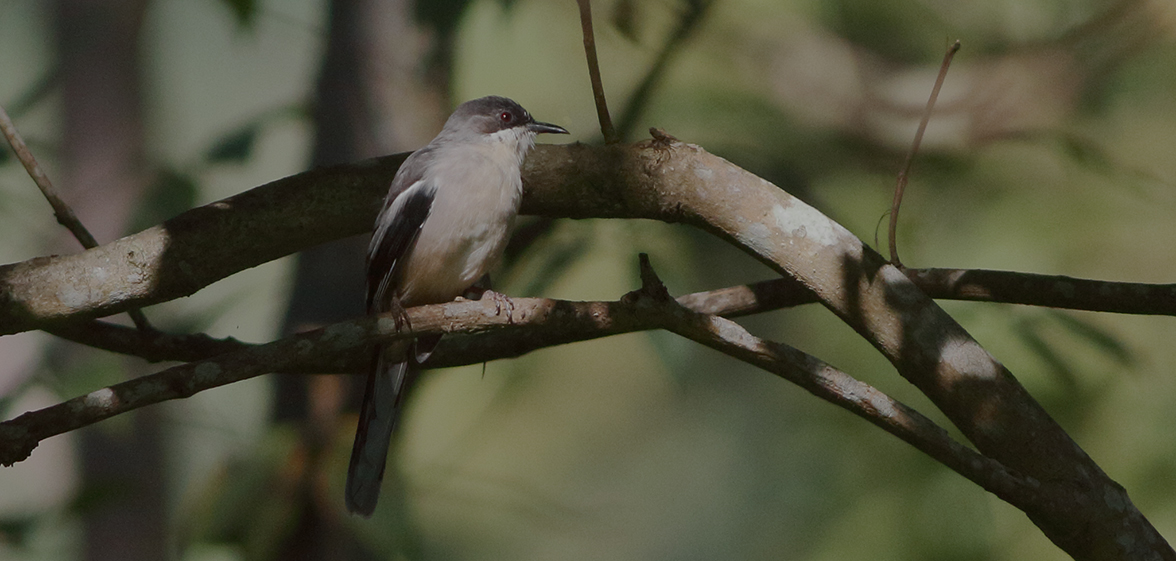
White-browed Laughingthrush
This super skulker hardly comes out of bush thicket and when you see it; you see it by parts. Give it some time to forage openly, let the bird be unaware of your presence. During our tours we mostly see them active both in summer months from March to June and in winter months - November to February. Like other Laughingthrushes they move in flocks, but the party size is small. Maximum 4 to 5 birds I have seen together in Nagaland. They become very much vocal and active while moving from one place to another place. Even some of my sightings took place inside Khonoma village as well. During our tours we do through search in most promising locations and get the bird.
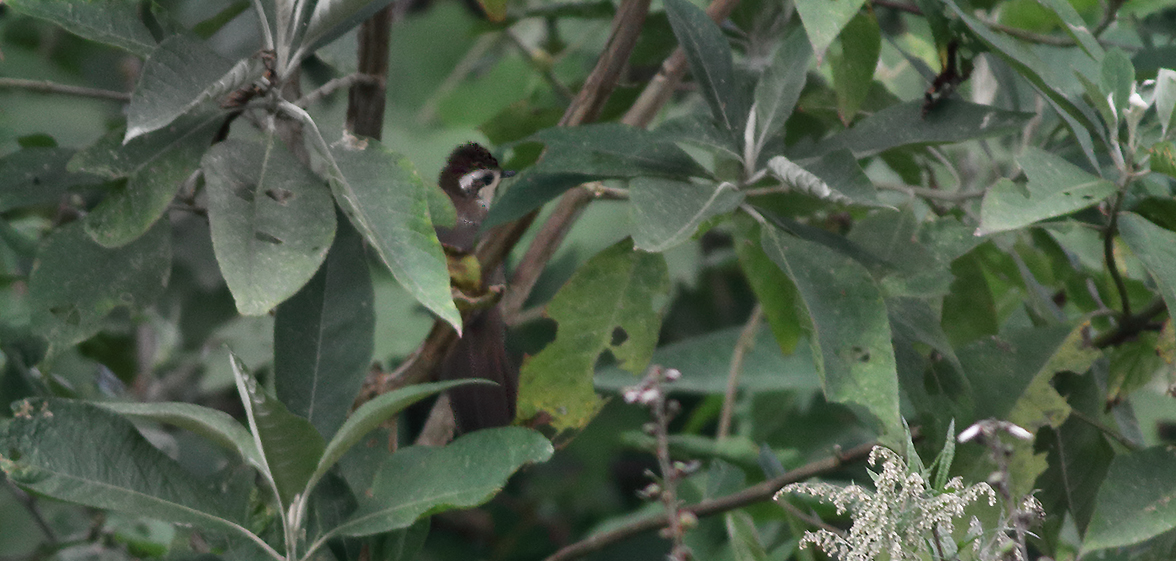
Eye-browed Thrush
Southern ridges of Shikakae are best for this species. Some authors and bird watchers have reported presence of Grey-sided Thrush also in this Thrush flock. Both of the species are extremely skittish and hardly comes out in the open. Majorly you see them from far distances, making a direct approach may disturb the flock and they may fly out; thus detours have to make for a successful long time sighting. This decision of detouring would be entirely on our bird experts discretion, how to execute it. Both of this Turdus sighting becomes significant in the winter only.
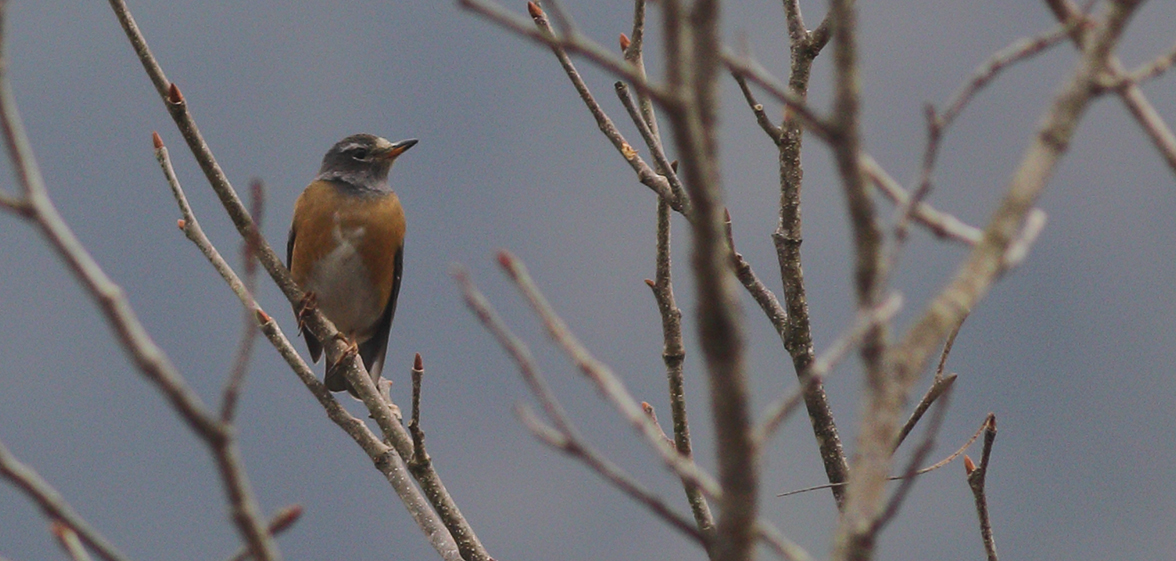
Black-breasted Thrush
Apart from the two above mentioned Turdus Thrushes from Khonoma, you are expected to have this species also. Black-breasted Thrush is a resident species here and can be commonly seen in Alder-coppice community reserve. However, the bird is so range restricted that you see it in some particular trails only, not in any random place. Our years of experience and regular visit to this park - Khonoma Nature Conservation & Tragopan Sanctuary (KNCTS) gives us the knowledge on year around bird activity. You have to be very skillful to identify its call and approach further based on your skill. In the early morning or late afternoon it forages on the ground. However, if flushed it comes out in the open; take this opportunity and utilize to photograph it.
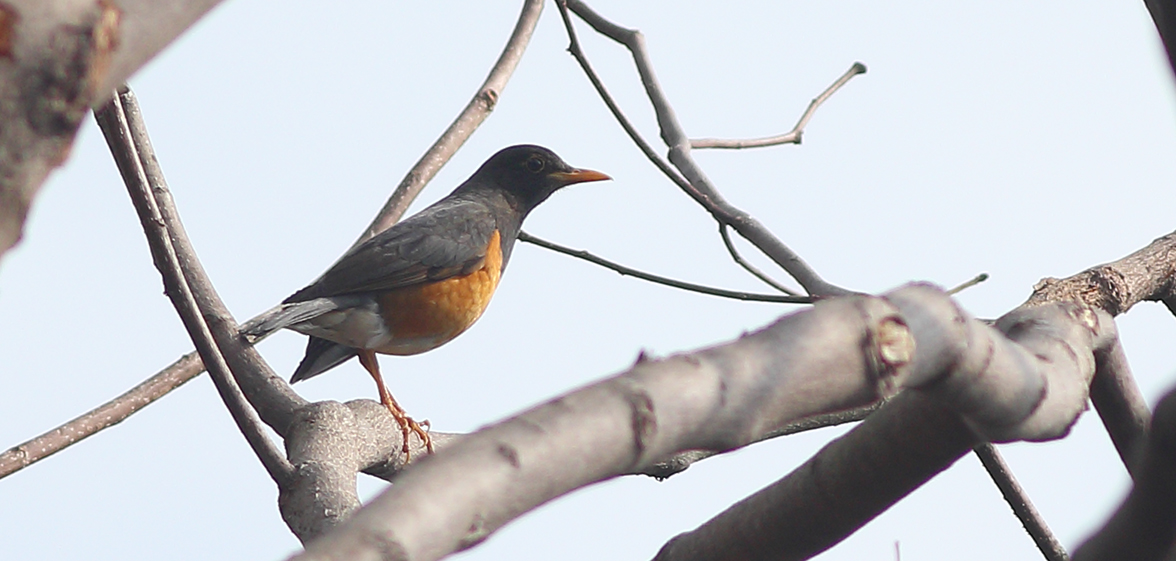
Grey-crowned Warbler
Seicercus warblers are known for their skittishness and this one is very much range restricted in its distribution area and that too finding in Nagaland is quite challenging. This can not be confused with others from the same genus. Though it is look alike with its relative Green-crowned but crown and supercilium of it is grey in color as the name suggests. You see it in mixed flock as well as solo. Forest understories are preferred habitat for this bird. This would be the most sought after warbler from Nagaland for your tour.
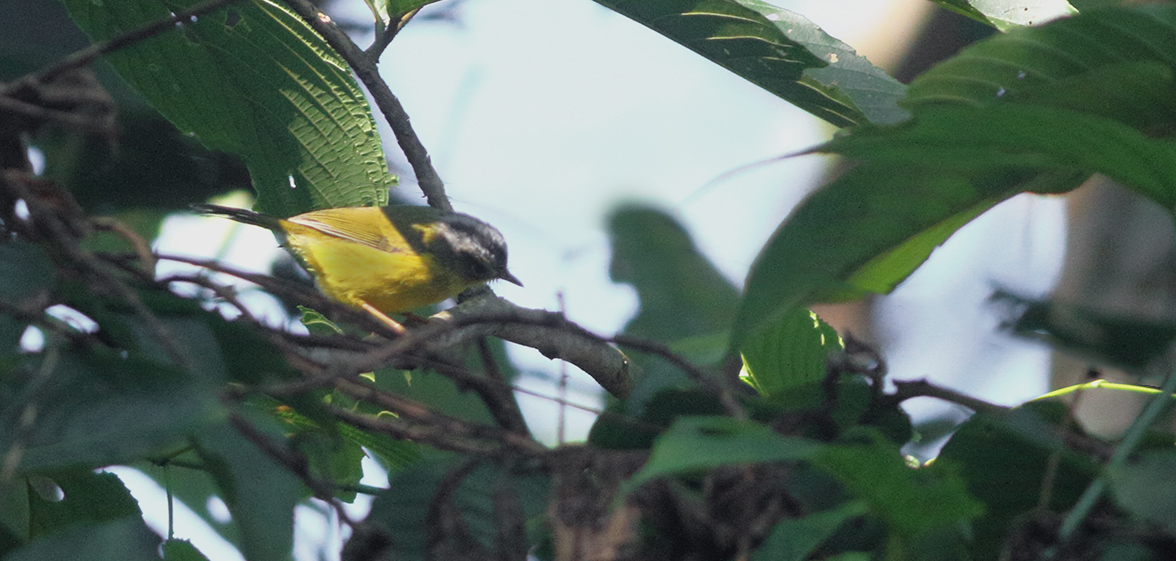
Black-tailed Crake
There are many small streams throughout Nagaland and around Khonoma-KNCTS-Mezoma also. The best riverine ecosystem lies at the south of the Khonoma village in a human inhabited area. Apart from regular forktails, Redstarts you can see Black-tailed Crake also. Woodcocks can be heard in paddyfield also. For these two exclusive birds many bird watchers come for twitching. Waders are easy to see as long as you are in open habitat, in Nagaland it is entirely a different game. Be at the right location at the right time and experience Crake swimming in the slow flowing streams.
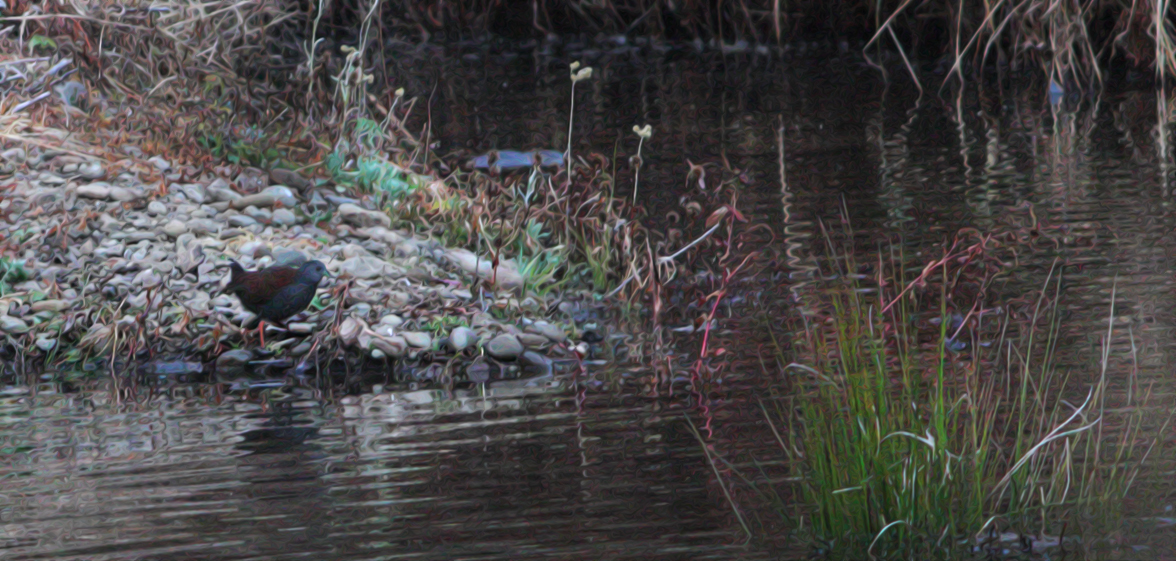
If you want to take a look at more birds of Nagaland and our sightings through out the year from the state; take a look at this album - Birds of Nagaland
Since, itinerary and time schedule alongside the bird activity changes seasonally; thus kindly let us know when are you planning for a trip. To do a customized birding trip to Khonoma write to us at support@goingwild.in or keep watching our Upcoming Tour.
Due to space constraints all the photographed species has not been posted in this blog. However entire bird list of Khonoma from this birding tour can be found in the downloadable PDF file from our Trip Report section. Cheers!
0 Comments
Leave a comment
Archive
Tags
Latest Posts
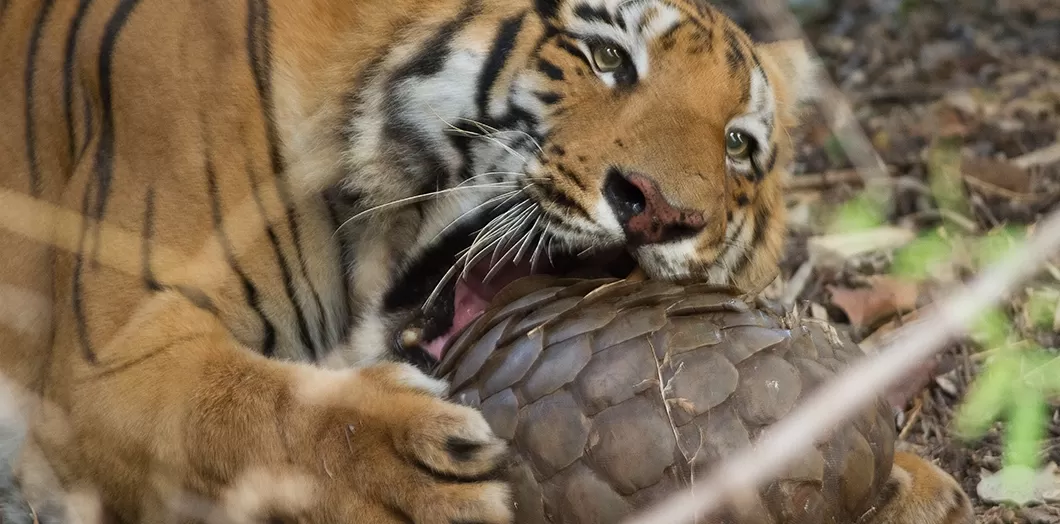
Tiger Pangolin Storyline From Tadoba
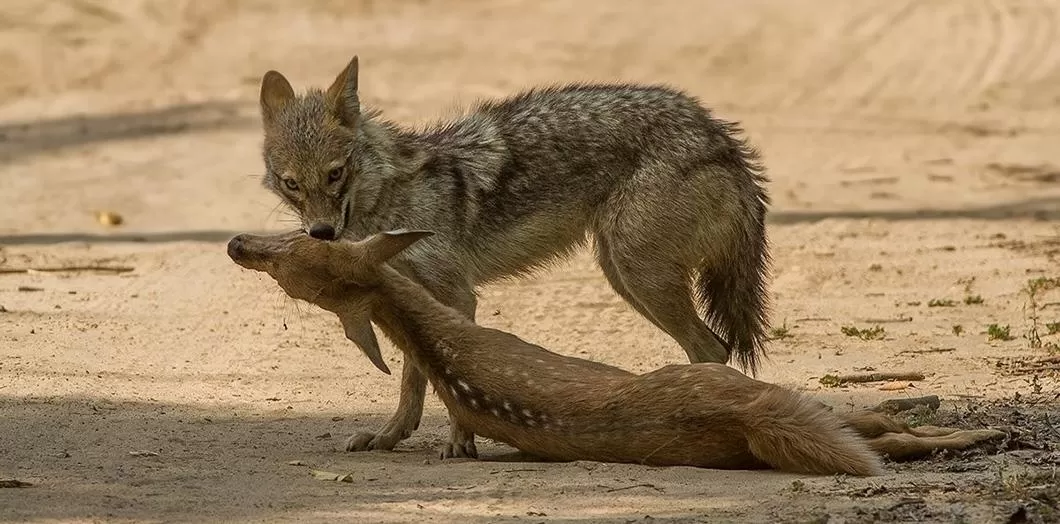
The Day of the Jackal
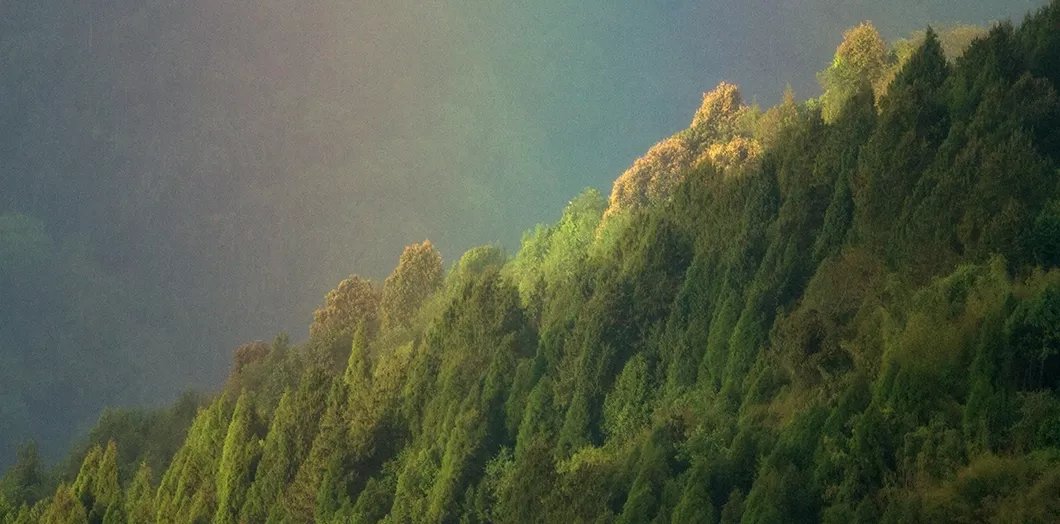
'Sikkim' Tour - Zuluk
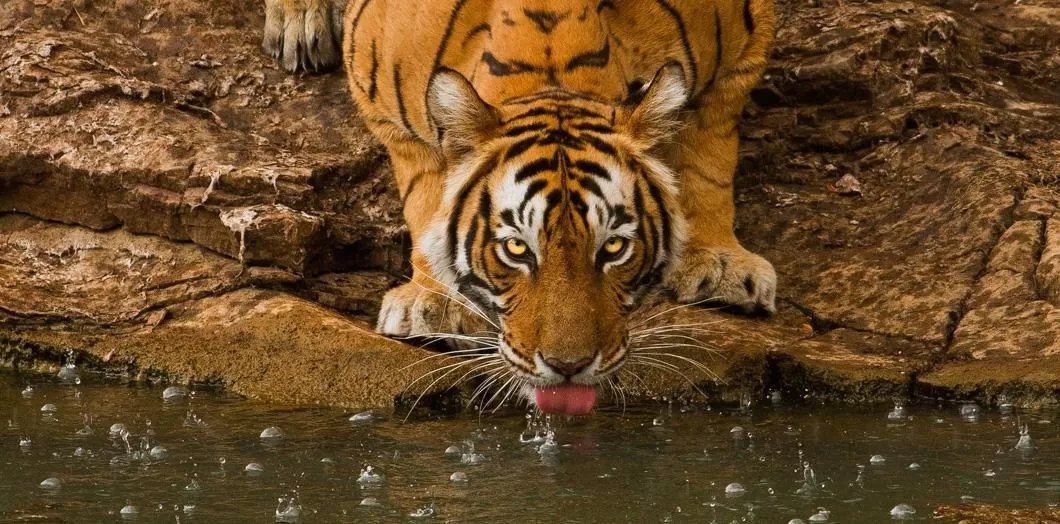
Tigress in Rain
